So… You’ve decided to have your placenta encapsulated, to encapsulate it yourself or perhaps, to use it in some other way. But wait…. now what? Well, you’ll have to wait until your baby decides to make his or her way into the world. While you are waiting to meet your new arrival, you can prepare for how your placenta will be handled and stored so that it does not become contaminated or go bad while you wait for the encapsulation process to begin.
Be sure to inform your care provider that you plan to encapsulate so they know to take added caution when handling your placenta. The placenta should only be handled by gloved individuals and ideally as few people as possible. Most care providers will offer to show you the placenta (ask if they don’t!) and they can explain a little bit about this amazing organ and how it helped provide a safe home for your baby within your uterus.
Once the placenta has been examined to ensure it is intact, ask that it be double bagged (with new Ziploc bags that you provide – I recommend the large size freezer Ziploc bags) OR most hospitals throughout the Lower Mainland are accustomed to holding placentas for encapsulation and are prepared to bag the placenta for you and have refrigerators specifically used for this purpose.
Ensure the placenta is stored in a refrigerator or on an ample amount of (bagged!) ice! If you are comfortable with your placenta leaving your room and being refrigerated in hospitals that are equipped to provide this service, just ensure that it is properly labelled with your name, date of birth and hospital ID number. Otherwise, bring an additional large sized, food safe container, such as a hard plastic Ziploc container or a small cooler and ask your nurse (or doula) to bag some ice and make some fresh ice packs so your placenta won’t be in a melted puddle of ice water in a few hours (the hospital will have ice and small bags). Place the placenta inside to keep it cool. If the placenta will be stored in your room for several hours have someone check periodically to be sure the ice has not melted or to add / change the bags of ice as needed.
On rare occasion a placenta may be sent to pathology for further examination and testing. If this occurs, most Encapsulators feel uneasy about proceeding with encapsulation because we cannot guarantee that the placenta has not come in contact with chemicals or that there has been no cross-contamination. Ask your Encapsulator about their policy. View mine
here.
In my experience, most hospitals here, in the Lower Mainland are happy to use added care when they know a woman wants to encapsulate. You can request that they handle the placenta in a sterile environment and that they only take a few small samples. You can also request that they take the samples in front of you, right in your room. If your placenta must leave your room, have the remaining placenta returned to you as soon as possible and store it while you await testing. It might still be safe to consume your placenta if the tests come back clear but you should make this decision based on how well you believe your placenta has been cared for during this process. Rarely women will be advised not to consume their placenta, usually due to a bacterial infection called Chorioamnionitis which affects the membranes of the amniotic sac. Ultimately, it is your placenta and you can do as you choose with it (with more or less resistance depending on location and / or situation). However, if you are suspected to have had an infection during your birth, if your placenta becomes contaminated, is not stored properly or comes into contact with chemicals such as the preservatives used in some hospital’s pathology labs, please do not consume it!
Please note; each hospital and birthing centre can have different capabilities and policies in place when it comes to handling placentas, whether they go to pathology or not. Speak with your care provider and / or nurse and ask lots of questions.
Additional information to be aware of:
The placenta is essentially meat so it should be treated as such and should be preserved through encapsulation as soon as possible. It is advised to steam a placenta before encapsulation if it has been stored for more than 48hrs before the process can begin. If the placenta is not encapsulated within 5 days, it could go bad and might not be safe to consume beyond that point. If you know it will take more than 4-5 days to start encapsulation, be sure to freeze the placenta as soon after birth as possible. Freeze it by placing the double-bagged placenta in a larger container where it will lay flat, or as flat as possible.
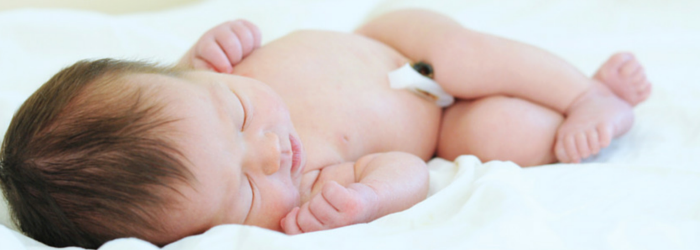
If you have any questions or comments please leave them below.
Thank you for reading, sharing and as always, Happy Birthing! <3


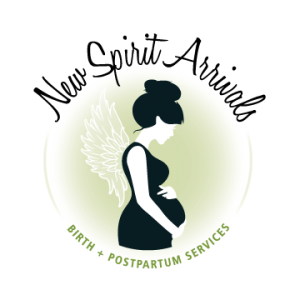
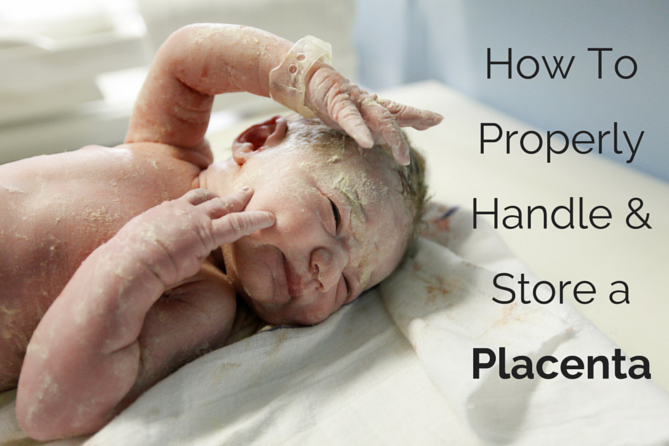
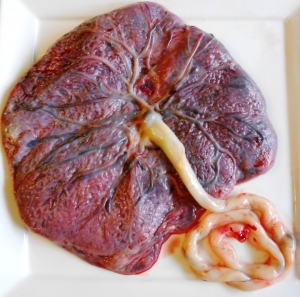
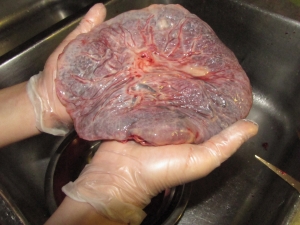

Leave A Comment